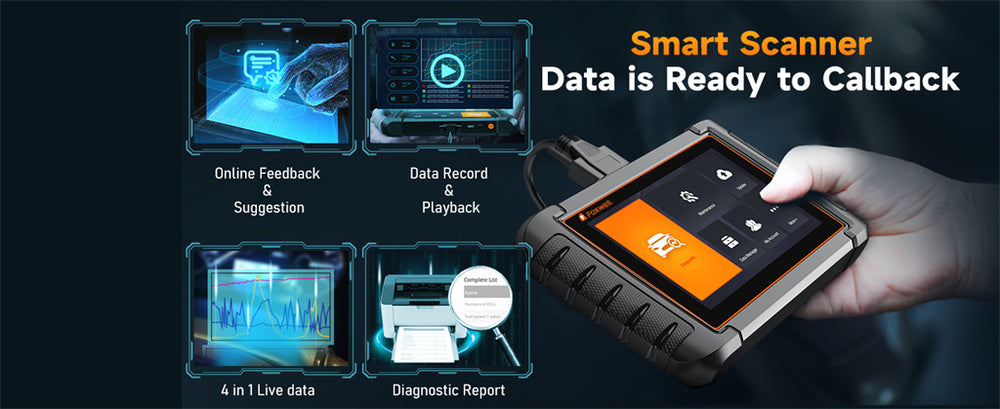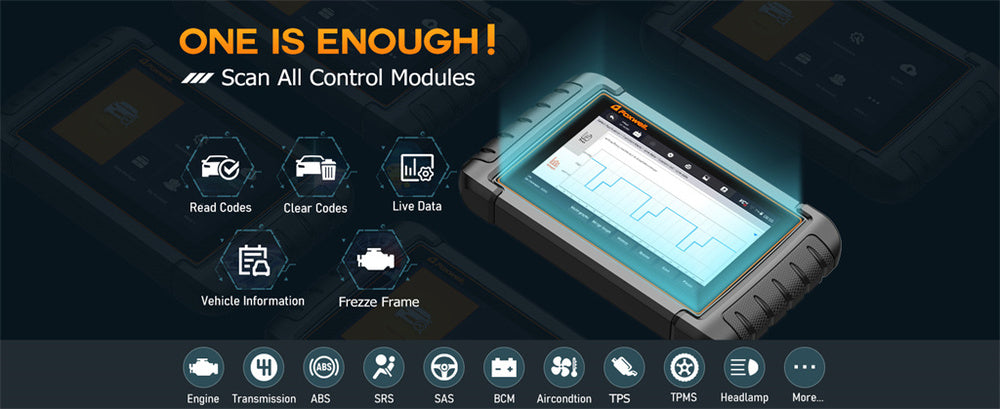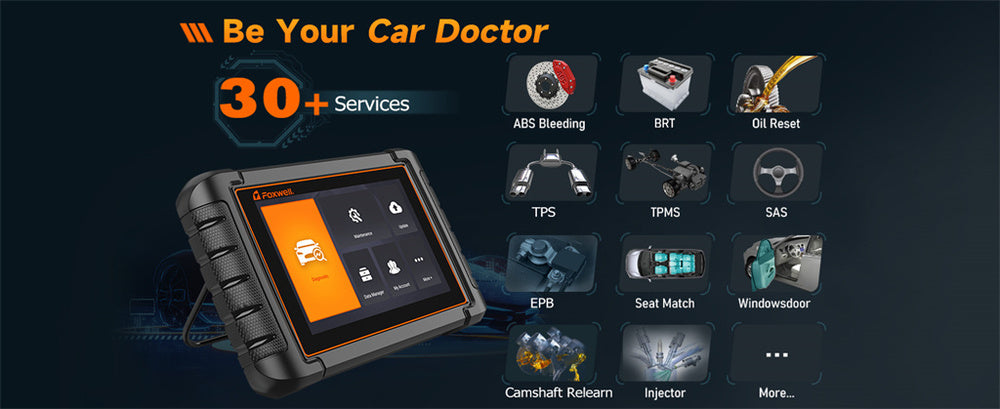Modern cars come with a smart On-Board Diagnostics system that keeps an eye on how your car is running and alerts you to any issues with diagnostic trouble codes. Usually, you’d read and reset these codes using an OBD2 scanner. But what if you don’t have one? This blog will show you several ways to reset those codes without a scanner.
Why Resetting Codes Might Be Necessary

Before we dive into the methods, let’s talk about why you might want to reset the codes:
- Clear Error Codes: If the issue is fixed, resetting the codes will clear the error message from your dashboard, so you’re not confused by old codes.
- Pass Emissions Test: Sometimes, you need to reset the codes to pass an emissions test after fixing related issues. A check engine light can fail you, even if the problem is solved.
- Temporary Fix: Resetting the codes can temporarily turn off the check engine light while you plan a permanent repair. This isn’t a long-term fix but can help in a pinch.
Methods to Reset Codes Without a Scanner
Disconnecting the Battery
One of the easiest ways to reset the codes is by disconnecting the battery. Here’s how:
- Turn Off the Ignition: Make sure the car is off before you start. This prevents any electrical surges when disconnecting the battery.
- Locate the Battery: Open the hood and find the car battery. It’s usually near the front of the engine bay.
- Disconnect the Negative Terminal: Use a wrench to disconnect the negative terminal (black cable) marked with a “-” sign. This prevents accidental short circuits.
- Wait for 15 Minutes: Give it some time to let the car’s computer reset. Some folks suggest pressing the brake pedal to drain any leftover power.
- Reconnect the Battery: After waiting, reconnect the negative terminal and tighten it with the wrench. Make sure it’s secure.
- Turn On the Ignition: Start the car and see if the check engine light is off. If it is, the reset worked.
Note: Disconnecting the battery will also reset things like your radio and clock settings, so be ready to set those up again.
Using the Fuse Box
Another method is removing the fuse that powers the car’s ECU (Engine Control Unit). Here’s what to do:
- Turn Off the Ignition: Make sure the car is off to avoid electrical surges when removing the fuse.
- Locate the Fuse Box: Check your car’s manual to find the fuse box, usually under the dashboard or in the engine compartment.
- Find the ECU Fuse: Use the manual to identify the fuse for the ECU. The fuse layout diagram will guide you.
- Remove the Fuse: Pull out the fuse with a fuse puller or pliers. Be gentle to avoid damage.
- Wait for 15 Minutes: Let the system reset by waiting a bit.
- Reinsert the Fuse: Put the fuse back in its slot and make sure it’s secure.
- Turn On the Ignition: Start the car and check if the codes are reset. If the check engine light is off, it worked.
Drive Cycle
Sometimes, just driving your car in a certain way can reset the codes. Here’s a general drive cycle process:
- Cold Start: Start the car after it’s been off for at least 8 hours. This ensures everything is at ambient temperature.
- Idle for 2 Minutes: Let the car idle in park or neutral for a couple of minutes to let the engine stabilize.
- Drive at a Steady Speed: Drive at a steady speed (around 55 mph) for about 15 minutes. This helps the system check under normal conditions.
- Stop and Go: Drive in stop-and-go traffic for another 15 minutes to simulate urban driving.
- Idle for 2 Minutes: Let the car idle again for a couple of minutes before turning it off. This completes the checks.
Completing this drive cycle can reset the emissions system and clear minor codes. If the check engine light is off, it worked.
Using a Third-Party App
If you have a Bluetooth OBD2 adapter, you can use third-party apps to read and reset codes. This isn’t exactly without a scanner, but it’s a low-cost alternative. Here’s how:
- Plug in the OBD2 Adapter: Insert the Bluetooth OBD2 adapter into the OBD2 port under the dashboard near the steering column.
- Connect to a Smartphone App: Download an app like Torque for Android or OBD Fusion for iOS on your smartphone.
- Pair the Adapter with Your Phone: Use Bluetooth to connect the adapter to your phone, following the app’s instructions.
- Use the App to Reset Codes: Follow the app’s instructions to read and reset the codes. These apps usually have easy-to-use interfaces.

Conclusion
While using an OBD2 scanner is the easiest way to reset codes, these alternative methods can be useful in a pinch. Whether you’re disconnecting the battery, removing a fuse, completing a drive cycle, or using a third-party app, these steps can help you manage your car’s diagnostic codes without a scanner. Always consult your car’s manual and take necessary precautions when working with your vehicle’s electrical system.
By understanding and using these methods, you can keep your vehicle running smoothly and efficiently.
FAQs
Can I reset my car's check engine light without a scanner?
Yes, you can reset it by disconnecting the car battery for a few minutes.
Will resetting codes without a scanner affect my car's performance?
No, resetting codes typically does not affect performance, but consult your manual for specifics.
How long does it take to reset car codes without a scanner?
It usually takes around 10-15 minutes to reset the codes without a scanner.




Leave a comment
This site is protected by hCaptcha and the hCaptcha Privacy Policy and Terms of Service apply.